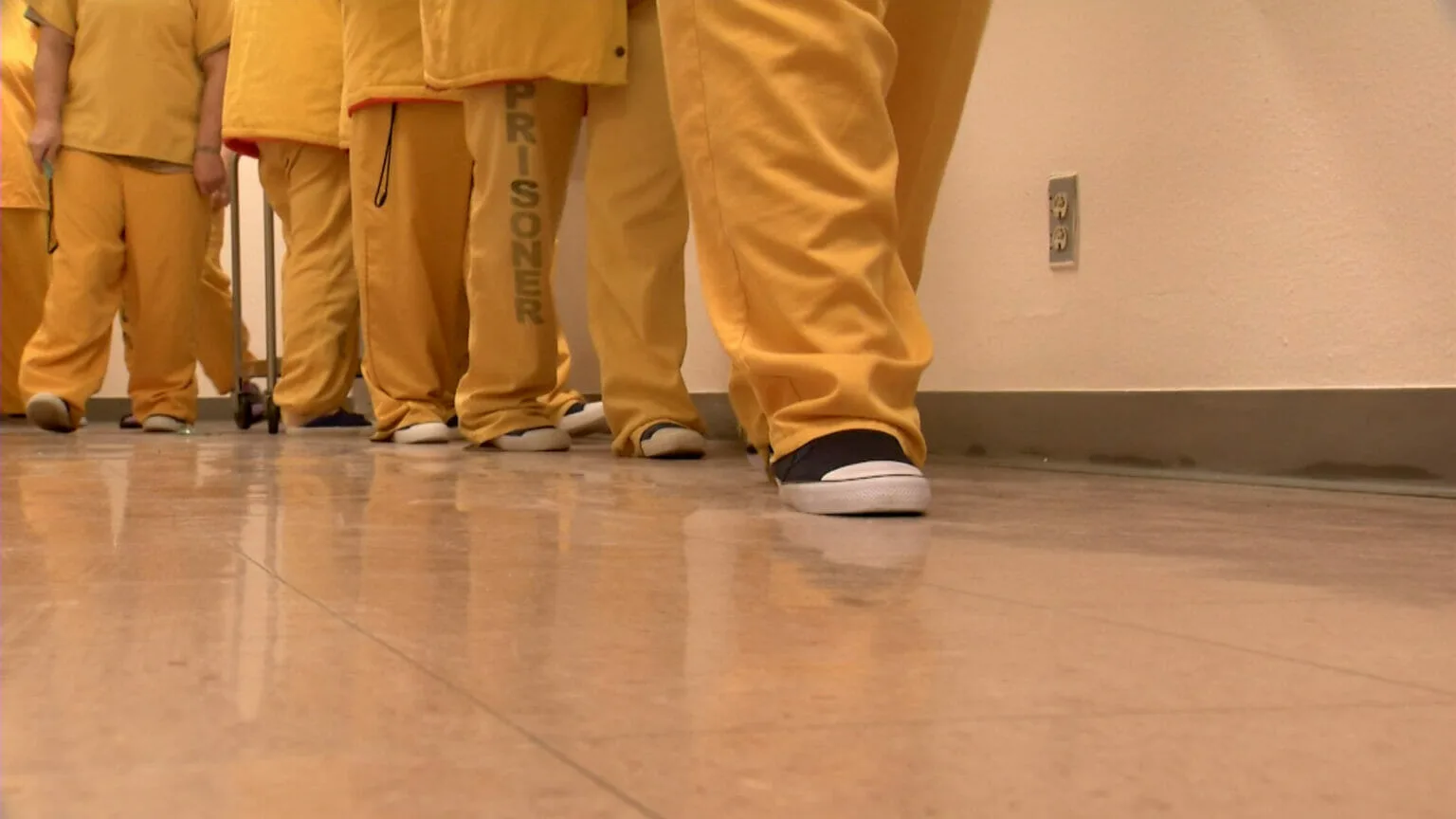
A national prison research group that tracks inmate populations says American Indians and Alaska Natives are vastly overrepresented in state prison systems nationwide — and Alaska tops the list.
The Prison Policy Initiative, a Massachusetts-based think tank, drilled down on inmate population counts from 2021. It looked at every state and found that Alaska Natives make up 40% of the people incarcerated in Alaska, yet are only 14% of the state’s population.
The numbers also show that, in Alaska, the total number of Native people in prison is almost equal to the number of white people in prison. In the 2021 count, 4,600 people were incarcerated in Alaska prisons. Out of those, almost 1,895 were white, compared to 1,855 Natives.
Wanda Bertram, a Prison Policy Initiative spokeswoman, said those numbers are a red flag.
“That suggests something not just out of proportion, but also deeply unjust about the criminal justice system,” Bertram said. “I think that what it says is Alaska’s criminal justice system is racist. It’s just that simple.”
But Brad Myrstol, a researcher at the University of Alaska Anchorage Justice Center, said the picture is more complicated, because Alaska’s prison system is structured differently than most other state correctional centers.
“It’s one thing to talk about disparities and try to understand how they’re produced,” Myrstol said. “It’s quite another thing to talk about discrimination, which implies a systematic intent.”
He said, when analyzing data, he looks at what he calls the “three D’s”: difference, disparities and discrimination.
Myrstol said the “difference” for Alaska lies in how its prison system is structured. Most other states, he said, house inmates in two separate institutions, prisons and local jails. But in Alaska, the two are combined into one, known as a “unified corrections system.” Alaska and five other states — Connecticut, Delaware, Hawaii, Rhode Island and Vermont — have unified systems.
In most states, unsentenced or pre-trial inmates are housed separately.
Myrstol said there is more racial disparity in this population, usually traced to poverty. He said white inmates are more likely to be able to afford bail or legal help to get out on supervised release, but Alaska Natives and other minorities are less likely to have those resources, so they remain incarcerated longer while awaiting sentencing. Myrstol said a backlog of court cases, created by the COVID-19 pandemic, has made the problem worse.
Myrstol said he can’t say whether Alaska’s criminal justice system is racist.
“What I will say is we see disparities throughout the criminal justice system in Alaska and elsewhere. And the reasons for those disparities are complex, but they are very important to understand,” Myrstol said. “But we have to guard against oversimplistic, single-cause explanations.”
But Prison Policy Initiative said regardless of how you add up the numbers, American Indian and Alaska Native inmate populations nationwide are way too high compared to overall population.
And given Alaska’s numbers, Bertram said the key to reducing those rates is understanding the root cause of these disparities – such as looking into whether high rates of homelessness among Alaska Natives drive up their numbers in prison.
“That could mean that low-level things like panhandling or sleeping on the street — or using drugs — can get you jail time, that can sometimes lead to prison time for other charges,” Bertram said. “And people who are poor are effectively railroaded into the prison system.”
Bertram said nationwide incarceration rates for Alaska Natives and American Indians as a group, reported by the federal Bureau of Justice Statistics, have been growing at an alarming rate.
“In this country, you’re disproportionately likely to end up in prison if you’re a Native American,” Bertram said. “And that’s true, regardless of what state you’re in. It’s even more likely, even more disproportionately likely, if you’re in Alaska.”
Since 2000, inmate populations in Indian Country jails climbed by 62%. In all other local jails, the number is even higher, at 85%.
As for Alaska prisons, Brad Myrstol said, it’s easier to identify the disparities than it is to resolve them.
“(The state) Departments of Corrections have very little control on the inputs that they receive,” he said. “We live in a society where we seek equality under the law — and when we see disparities, it begs really important questions.”



